Affiliate links on Android Authority may earn us a commission. Learn more.
HUAWEI in 2020: So many questions
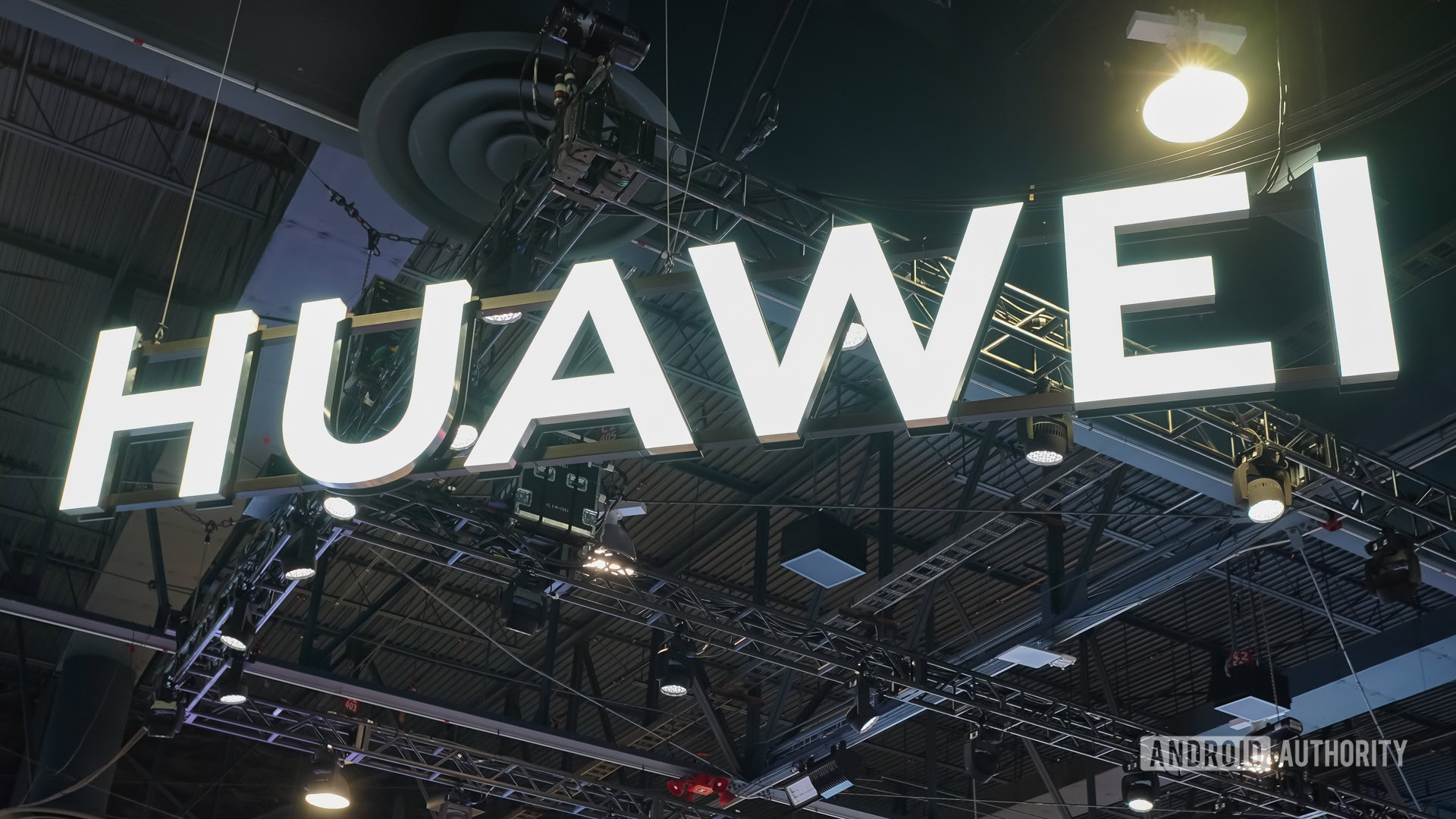
What a decade the last year has been for HUAWEI.
At the beginning of 2019, HUAWEI seemed unstoppable, but then the Chinese giant found its match in the government of the most powerful nation on earth.
The US ban sent HUAWEI to the edge. For a while, it seemed the Chinese giant wouldn’t make it. In hindsight, it’s obvious that an organization known for its “wolf culture” would pull through. HUAWEI turned out to be too big to fail, or at least too big to go down without a bloody fight.
It was a crazy-complicated year for HUAWEI, but the company rose to the challenge. What’s next?
Peak HUAWEI
If you would chart HUAWEI’s trajectory on a timeline, April 2019 would probably be “Peak HUAWEI.” The company unveiled the P30 Pro on March 26, and the new flagship made waves for all the right reasons. With its strong camera, specs, and battery, the HUAWEI P30 Pro was the culmination of HUAWEI’s years-long effort to turn itself into the world’s biggest phone maker.
The HUAWEI P30 Pro received strong reviews, especially for its versatile and powerful camera. The phone came on top in direct comparisons with rivals from Samsung and Apple, and consumers took notice. It didn’t hurt that HUAWEI spent hundreds of millions on marketing and employed every trick in the book to make the P30 a bestseller. It worked. By June 27, HUAWEI sold 10 million P30 series phones, beating the P20 to the milestone by more than two months.
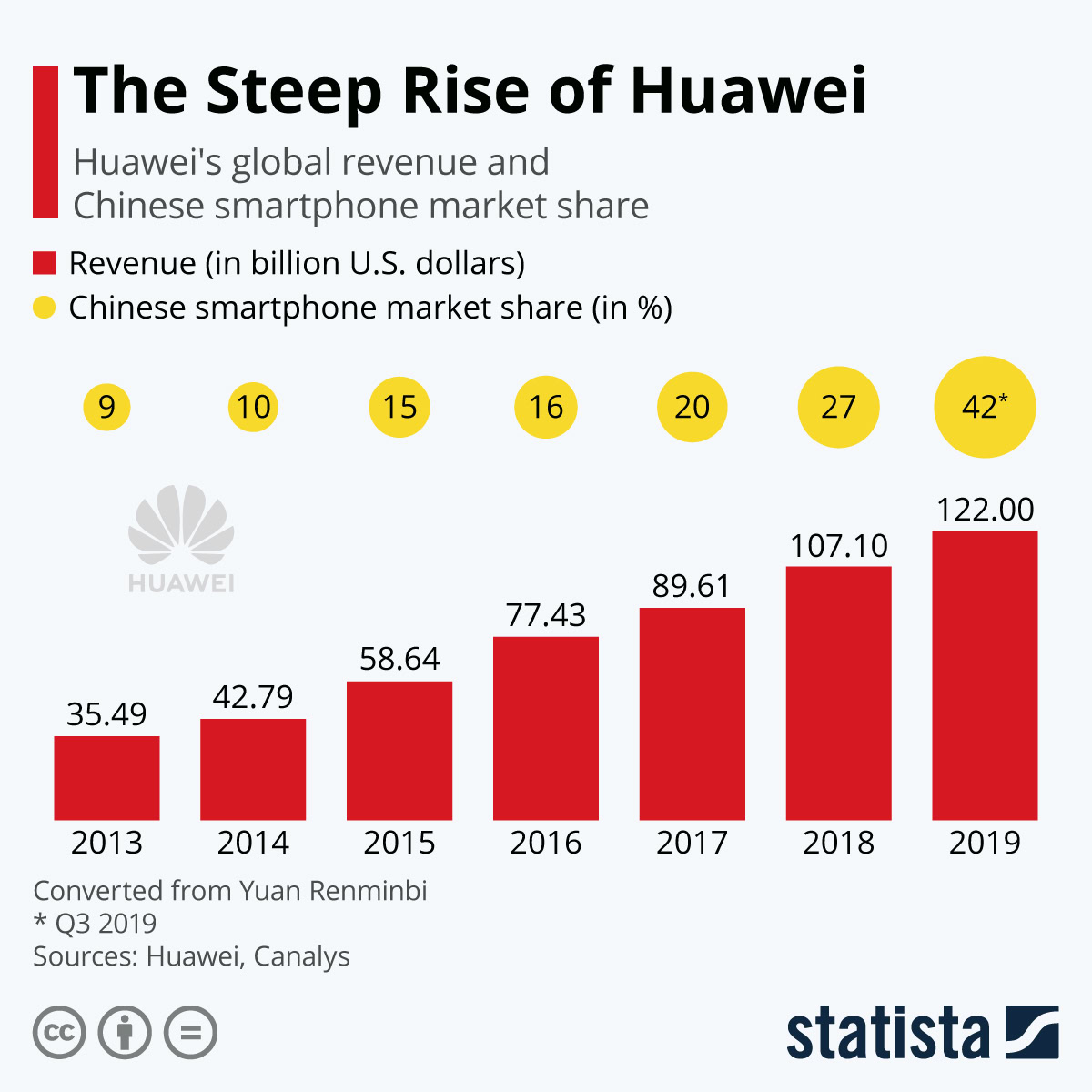
Helped by the brisk sales of the P30 Pro, plus the robust performance of earlier hits like the Mate 20 Pro and its HONOR phones, HUAWEI was on track to outsell Samsung. The only question was when this would happen exactly.
HUAWEI was on track to outsell Samsung. The only question was when this would happen exactly.
It wasn’t just the P30 Pro that cemented HUAWEI’s standing as the “new Samsung.” At MWC 2019, HUAWEI stole Samsung’s thunder with its Mate X foldable. Where Samsung had long talked about foldables, HUAWEI kept its cards close until the last minute. The Mate X came as a surprise to the industry and in some ways, it looked like a better foldable than the bizarre Galaxy Fold.
In late April, Samsung conducted an embarrassing mini recall of the Galaxy Fold, after reviewers literally poked holes into the device. HUAWEI’s executives were surely looking on with schadenfreude, but their delight was short-lived. Just weeks later, HUAWEI would plunge into crisis.
Government antipathy
The May 15 announcement of the HUAWEI ban was shocking, but not entirely unexpected. In hindsight, the signs that the US government would use its nuclear option against HUAWEI were clear. The biggest one: it happened before. In April 2018, the US imposed a similar ban on ZTE, prohibiting the Chinese telecom company (and HUAWEI rival) from getting US-origin products. The ZTE ban was short lived, but over the few months it was in effect, it almost shut down the company. ZTE’s ordeal didn’t go unnoticed at HUAWEI’s headquarters. By the time the ban on HUAWEI was announced, the company had contingency plans in place.
Before it imposed the full ban, the US government had made it painfully clear it wasn’t happy with HUAWEI’s ascent to the top of the tech industry. In January 2018, HUAWEI had to cancel its grand entrance in the US market. Both AT&T and Verizon were slated to carry the Mate 10 Pro, potentially giving HUAWEI a huge boost in the US market. At the last minute, the two carriers walked out of the deal, at the request of US authorities citing national security threats.
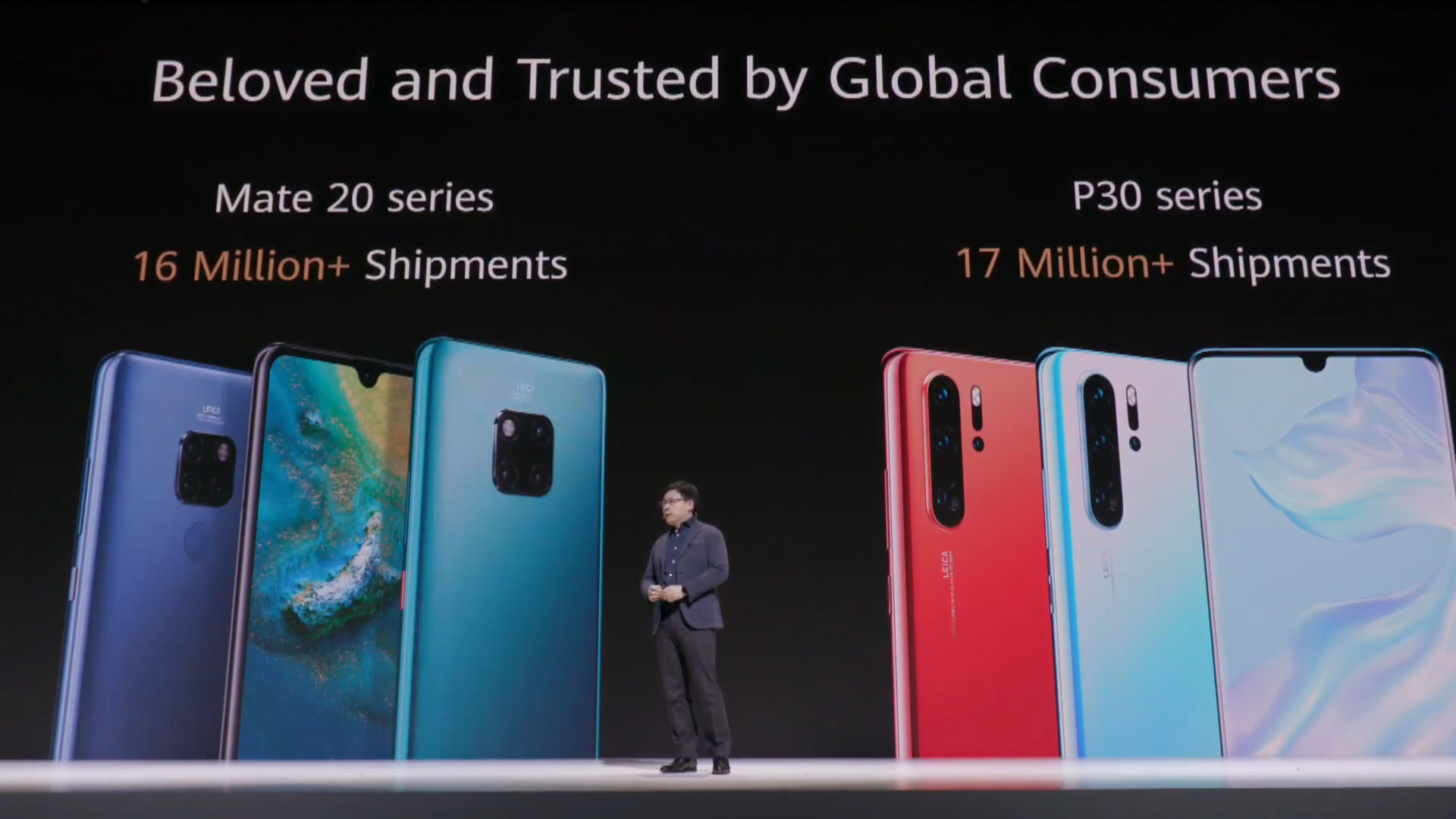
Keeping HUAWEI out wasn’t enough, the US wanted other countries to stop doing business with the company as well. It even threatened allies it would cut them out of intelligence sharing agreements if they allowed HUAWEI to build their 5G networks. (The threat didn’t completely work – the UK, for instance, just allowed HUAWEI to be part of its 5G rollout, albeit with “tight restrictions.”)
The campaign against HUAWEI escalated through May 15, 2019, when the US Department of Commerce placed HUAWEI on a list of entities that US companies can’t sell to.
Also read: The HUAWEI and US debacle: The story so far
Life under the ban
What first seemed like bureaucratic harassment turned out to be a major blow for HUAWEI. US giants like Google, Microsoft, Qualcomm, and Intel quickly announced they would stop selling components — hardware and software — to HUAWEI. In the confusion, it briefly seemed HUAWEI would even lose access to foundational technologies like Wi-Fi and SD memory, a death knell for any electronics company.
In the weeks and months that followed, HUAWEI was able to resume business with some major companies that decided they didn’t fall under the scope of US restrictions. Crucially, these included Arm, which supplies the architecture for all-important smartphone SoCs, including HUAWEI’s Kirin series.
The US government gave HUAWEI a reprieve when it allowed US companies to continue to provide maintenance and security updates to existing products. Among other things, this allowed HUAWEI to keep pushing Android updates to its existing phones. The first 3-month reprieve was renewed in August and then again in November 2019.
The HUAWEI ban came on the backdrop of a massive, escalating commercial war between the US and China. To justify the HUAWEI sanctions, the American government invoked nebulous threats to national security, but many viewed the ban as leverage in the high-stakes negotiations between the worlds’ two superpowers.
Despite the US government’s best efforts, HUAWEI appears to have weaned itself off US hardware
Stuck in limbo
While many expected the ban to be lifted as the US and China are heading towards resolving their differences, not much has changed in the ten months since HUAWEI has been added to the Entity List.
As of the time of this writing, HUAWEI still can’t buy from most US tech companies, though some, including Microsoft, managed to obtain special export licenses in late 2019. This means HUAWEI can ship laptops with Windows again, but it still can’t ship smartphones with Google apps, despite the obvious similarity between the products.
Despite the US government’s best efforts, HUAWEI appears to have weaned itself off US technology, at least when it comes to hardware. The Mate 30 Pro contains no US-origin components, an astonishing feat considering how integral US technology is to the mobile industry. And this is not a limited-run product: HUAWEI sold 12 million Mate 30 series units by the end of 2019.
Software is still the Gordian knot for HUAWEI. Android itself is open source, so HUAWEI could theoretically keep using it indefinitely. What runs on top of Android is the problem. Google apps are must-haves around the world, and there’s no way for HUAWEI to provide them to customers. The same goes for all the Android apps that are only available, at least officially, in the Google Play Store.
HUAWEI has made some noise about Harmony OS, its own operating system, envisioned as an alternative to Android. This is the company’s “Plan B,” if all else fails. Right now, it’s little more than a proof of concept, running on a few smart home devices, but one day it could give HUAWEI a much-needed proprietary platform for all of its products. The problem is, it’s going to take years to build out, and even then, there’s no guarantee that developers will support it.
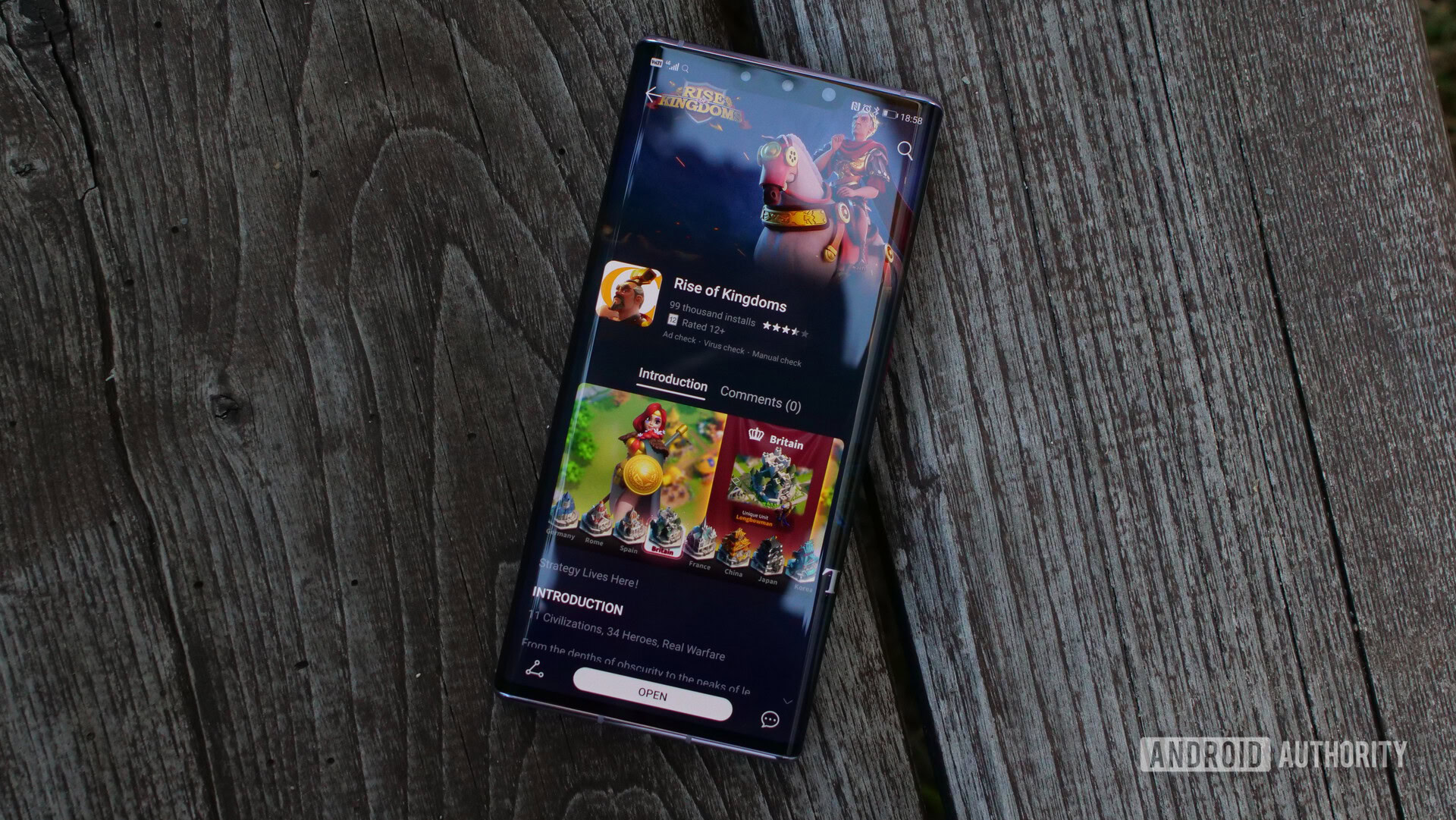
Too big to fail
HUAWEI said it sold 230 million smartphones in 2019, 30 million more than in 2018. It also cemented its lead against Apple, gaining three percentage points on it, per Counterpoint Research. That’s incredible, considering the circumstances. How was it possible?
Huawei’s smartphone business is split between the global operations (where Google is essential) and the Chinese operations (where Google is irrelevant). The latter saved HUAWEI in 2019. Thanks to strong sales in China, HUAWEI was able not just to stay afloat, but also to grow, despite the US ban.
In Q3 2019, HUAWEI owned over 40% of the huge Chinese phone market, growing 66% year over year. Chinese consumers rallied around HUAWEI, which they saw as a national champion that’s persecuted by a jealous foreign power.
Huawei's sales in 2019 have been incredible, considering the circumstances.
It wasn’t just China though. HUAWEI used the massive momentum it gathered in previous years to keep sales ticking in Europe and other markets. This was mostly on the back of previously released phones like the P30 Pro. HUAWEI also tweaked and re-released some older models, which allowed it to partially side-step the interdiction to use Google apps.
The other big HUAWEI device from 2019 was the Mate 30 Pro. In our review, we noted its exquisite design and excellent camera, but the lack of Google apps overshadowed what would’ve been a brilliant release. HUAWEI put up a brave face and acted like nothing was amiss, but in the end, the Mate 30 Pro was effectively shut out of Europe and other markets outside of China. HUAWEI did eventually release the phone in some parts of Europe, but in limited numbers and without any serious marketing.
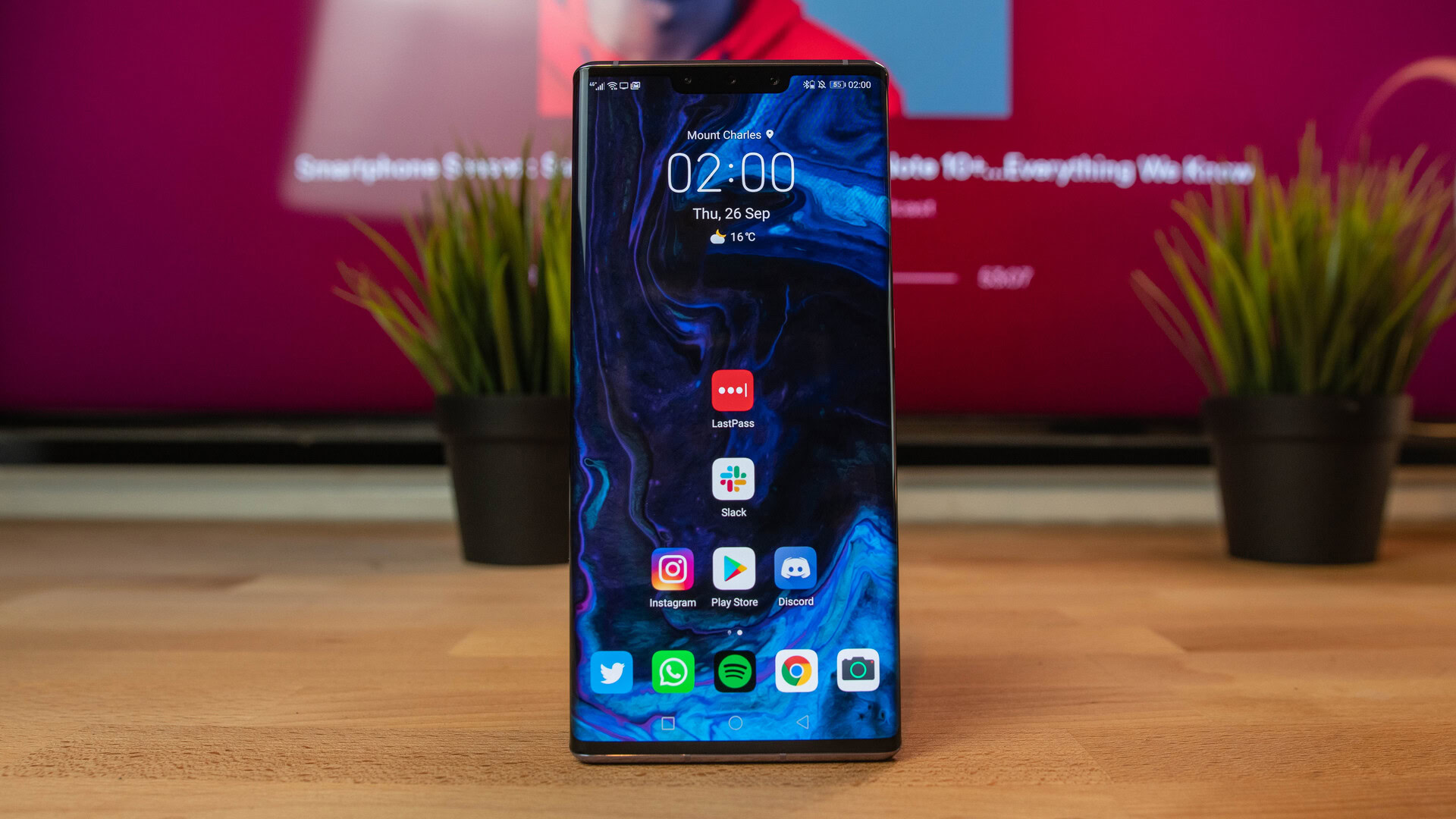
The big questions of 2020
Some big, big questions loom over HUAWEI in 2020. Will the US ban continue indefinitely? If it won’t, will HUAWEI try to go back to the pre-ban status quo? And what will the long-term consequences be?
The answers to these questions could shape HUAWEI’s fate, the entire tech industry, and by extension, the globalized world we live in.
We can’t really predict what’s going to happen with the US ban. The US Department of Commerce has considered expanding it, by banning exports of products that contain as little as 10% US technology, down from 25% currently. Ironically, the plan was shelved at the request of the Defense Department, which worried about its high impact on US businesses.
Also read: Crazy idea: Maybe HUAWEI should permanently abandon official Android
The reason Commerce wanted more restrictions is HUAWEI’s ability to source components from outside of the US. The ban is not as effective as the US government would’ve wanted. While HUAWEI seems to have all the hardware components it needs, software remains a problem. Google’s app suite and Mobile Services (which many third-party Android apps rely on) is the single biggest thing HUAWEI still needs. That’s one plausible reason why Google hasn’t received an exemption from the ban, while Microsoft has.
Will HUAWEI return to the Google ecosystem?
On the other side, HUAWEI could benefit from the current relaxation of the US-China trade conflict. While neither side will admit it, HUAWEI is too big and too important to not come up in the negotiations. There’s a precedent for this. President Trump lifted the sanctions on ZTE as a gesture of goodwill towards the Chinese leadership.
If the ban is lifted or Google gets an exemption, the next question is, will HUAWEI return to the Google ecosystem? The answer seems obvious, but the recent comments of a HUAWEI Austria executive cast some doubt on the idea that everything will just return to normal. The exec said, in clear terms, HUAWEI will not return to using Google’s platform even if the US allows it. HUAWEI later claimed it was a misunderstanding. “An open Android ecosystem is still our first choice, but if we are not able to continue to use it, we have the ability to develop our own,” the company said in a statement.
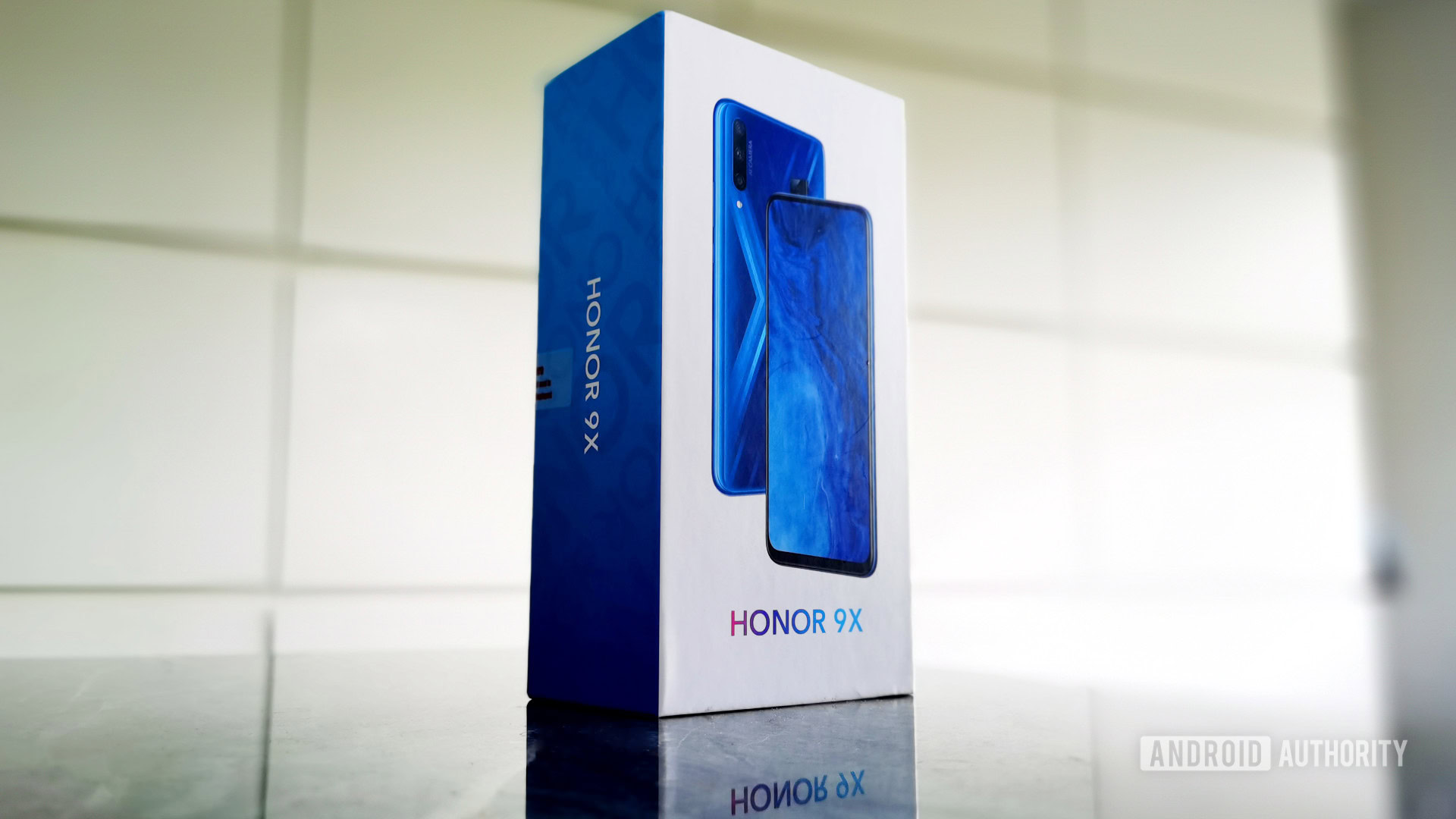
The long game
In theory, HUAWEI could abandon Google, withdraw to China, and scrap all the effort it’s put into expanding internationally. The Chinese market is large enough to allow it to survive indefinitely, albeit on a much smaller scale. That’s not likely to happen though. Instead, HUAWEI will probably start shipping phones with Google’s platform again, but continue to diligently build out its own platform in the background.
HUAWEI has already announced billion-dollar initiatives to entice developers to join its platform. The company is putting a lot of work into making its homegrown HUAWEI Mobile Services a practical alternative to Google Mobile Services.
Now that HUAWEI has seen first-hand how easy it can lose vital access to Google and other US technology, it will double down on its efforts to become independent. That’s regardless of the outcome of the ban. In fact, an eventual lift of the ban would give HUAWEI’s own ecosystem even more momentum, as developers in the US will be able to freely offer their apps in HUAWEI’s app store.
HUAWEI may not abandon Google — which, for now, is essential for global markets — but the company will do whatever it can to protect itself from future disruption. HUAWEI has the means and the motivation to build an alternative to the Google platform. And other Chinese phone makers may support this effort, out of self-preservation if nothing else. Already there are reports that HUAWEI, Xiaomi, OPPO, and vivo have joined forces to launch their own app store.
HUAWEI has the means and the motivation to build an alternative to the Google platform.
Beyond the ban
The ban has sucked the air out of all conversations, but HUAWEI remains a highly competitive and popular consumer brand. The company should keep doing what it’s good at — launch really nice phones.
The HUAWEI P40 Pro will arrive on March 26, 2020, at an event in Paris, and it’s going to be a photography powerhouse. Like other phones in the P series, it will push the boundaries of camera hardware, and we have good reason to believe HUAWEI will pull out all stops. Richard Yu has already described the top entry in the upcoming series as the “world’s most powerful 5G flagship,” both confirming support for 5G networks and highlighting HUAWEI’s extreme confidence in the device.
The P40 Pro will go against the Galaxy S20 Ultra, with its feature-packed camera system (which includes a periscope optical zoom system that HUAWEI pioneered). HUAWEI won’t be able to get away with just an incremental update, it will need some brand-new features if it wants to stand a chance against Samsung.
The other big reason we expect a good release is, well, because HUAWEI really needs to impress. Assuming it won’t get Google apps somehow, the P40 Pro will need to shine through its hardware alone.
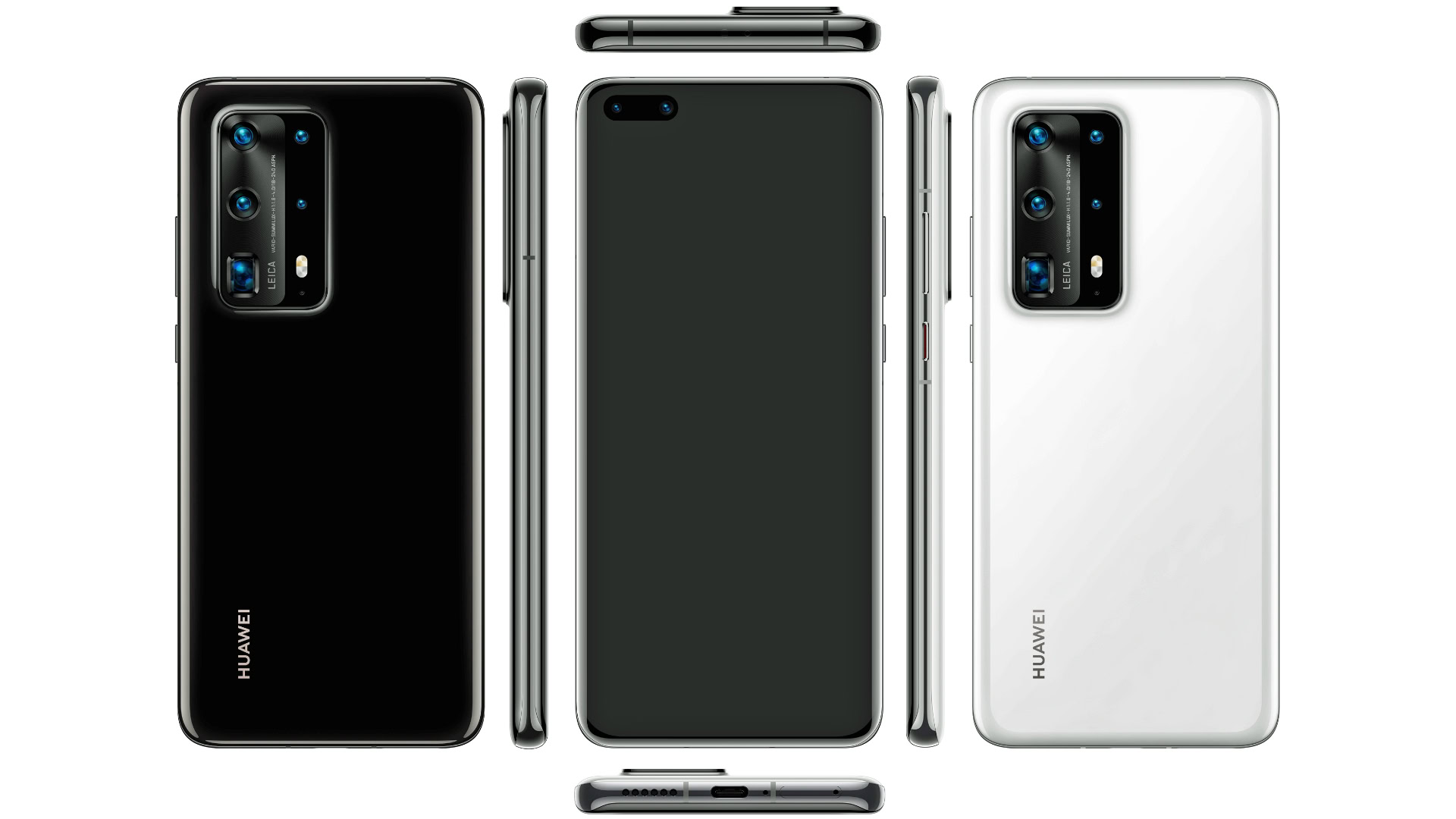
Evan Blass HUAWEI is reportedly going to give the P40 Pro a proper launch in Europe, with or without Google apps. If that’s true, HUAWEI will market the P40 Pro much more forcefully than it did with the Mate 30 Pro.
We’ve already seen that HUAWEI isn’t afraid to launch new, premium phones outside of China in spite of the ban. After MWC was unceremoniously canceled due to health fears, HUAWEI instead held its own virtual launch event where it unveiled the HUAWEI Mate XS — its second foldable phone and an upgraded version of the original Mate X. At a whopping €2,499 (~$2,700) it’s by no means a mainstream product, but launching an almost $3,000 Android device with no Google Mobile Services is a bold show of intent to say the least.
Going forward, we expect more news of partnerships with developers meant to fill the gap left by Google’s missing apps. The deal with maps provider TomTom could serve as a blueprint: HUAWEI will reportedly be able to use TomTom’s software and map data to build its own apps. A hypothetical HUAWEI Maps service would require a years-long commitment, but that’s exactly what HUAWEI needs if it wants to make itself immune to future bans.
HUAWEI is also likely to pour money into HUAWEI Mobile Services and its App Gallery store. Expect more announcements of generous incentives for developers, and perhaps a few big names that jump on the bandwagon.
HUAWEI will need to paint itself as a trusted platform builder that can take Google’s role.
HUAWEI has survived a challenge that would’ve killed almost any other company. In the year ahead, the new challenge will be to convince clients — from consumers to corporations — that it’s not going anywhere.
In the long term, HUAWEI will need to paint itself as a trusted platform builder that can take Google’s role at the core of a parallel Android ecosystem. HUAWEI’s job now is to mend broken bridges and build new ones, regardless of how the US ban plays out. Is the company up to the task?